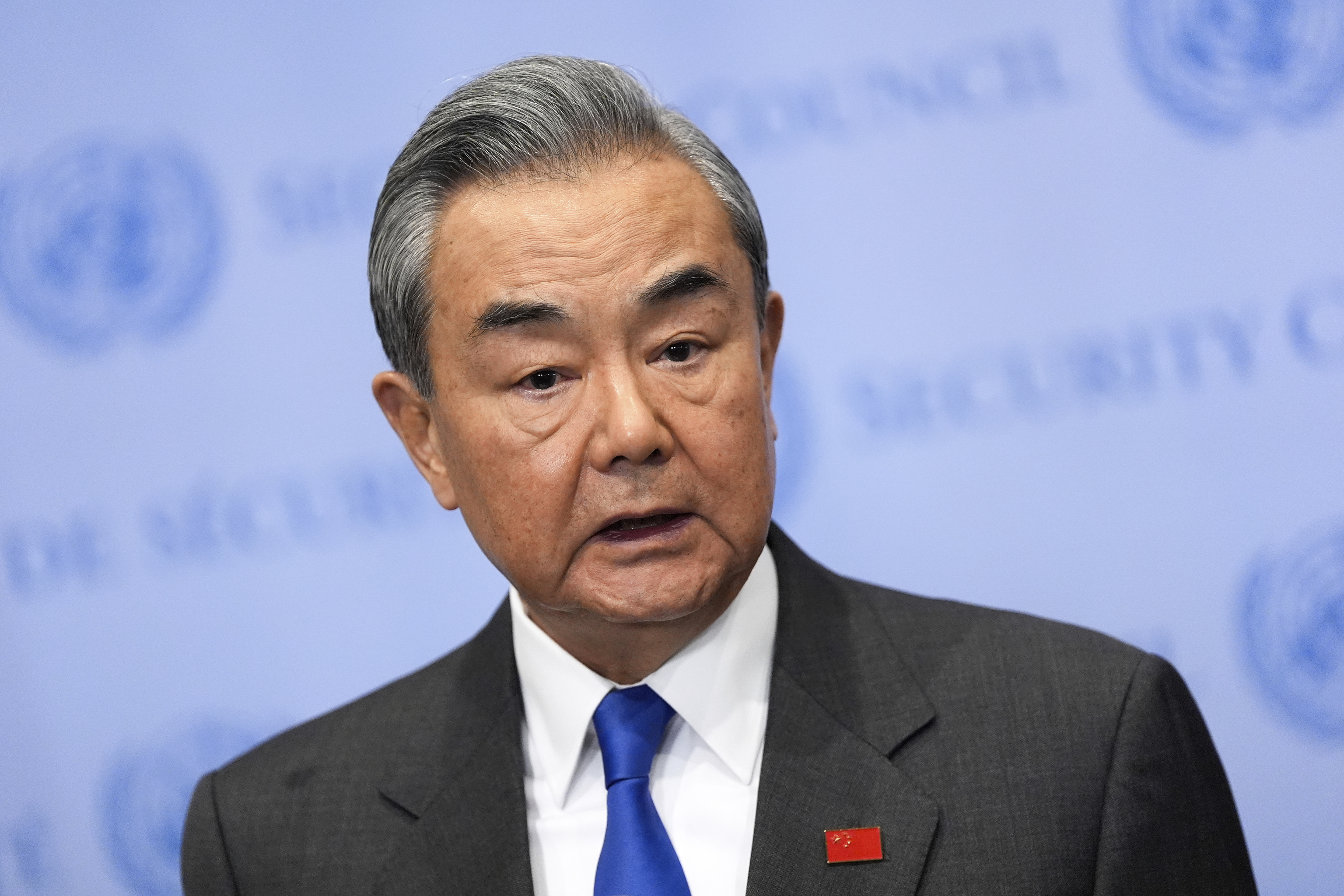Two Chinese warships, plus another supply ship, have been sailing in international waters 150 nautical miles off the east coast of Australia. This is news because never before has a ship from the Asian giant's navy sailed at that distance from the Australian coast, crossing the first chain of Pacific islands.
While the geopolitical focus is on Ukraine and negotiations between the United States and Russia, the Chinese military continues to attract attention in a region where it presents itself as the dominant force.
It is common for Beijing to showcase its combat aircraft or ships in waters full of disputed islets and reefs ranging from Taiwan to the Philippines, or near the islands stretching from Japan to Micronesia. But, as sources from the Australian government told the Financial Times on Wednesday, it is unprecedented for Chinese vessels to sail close to their coasts, specifically off the east of Sydney.
This maneuver coincides with a visit to Australia by Admiral Samuel Paparo, head of the US Indo-Pacific Command, who recently stated at a security forum that China was "preparing for war," referring to the military pressure that the Chinese army regularly exerts on Taiwan. "The aggressive maneuvers of their armed forces are not military exercises, as they call them. They are rehearsals for the forced unification of Taiwan with the mainland," said Paparo, who has met in Canberra with the Australian Defense Minister, Richard Marles, and the Foreign Minister, Penny Wong.
Last week, a Chinese fighter jet fired flares in front of an Australian military aircraft flying over the South China Sea. Chinese authorities claimed that the Australian aircraft "intentionally invaded" their airspace and that their aircraft responded "legitimately and moderately." This was not seen the same way from Canberra, where Australian Prime Minister Anthony Albanese reported that he had lodged a formal complaint with Beijing for what they considered a dangerous maneuver.
The Australian Ministry of Defense explained that a J-16 fighter jet from the Chinese People's Liberation Army (PLA) had approached to within just 30 meters of an Australian P-8 reconnaissance aircraft, firing flares during the approach. Two days after the mid-air incident, a frigate and a destroyer from China were spotted off the northeast coast of Australia after completing combat exercises in the Pacific.
China and Australia have had frequent clashes since, during the pandemic, Scott Morrison, Albanese's predecessor, became one of the main international critics of Xi Jinping's government. Morrison insisted on an independent investigation into the Covid outbreak in the city of Wuhan; banned Huawei's 5G network; accused the Chinese military of intimidating other countries over claims in the disputed South China Sea and of infiltrating spies into Australia to influence its internal policy. Beijing responded by hitting where it hurt the most, the economy, launching a wave of commercial sanctions and tariffs against many Australian products.
A couple of years ago, the Labor Party's Albanese visited his counterpart Xi Jinping to try to calm tensions between the two countries. Beijing lifted some trade restrictions, and last year the main security channels between both armies were reestablished. This Monday, amid escalating tensions, Chinese and Australian military chiefs met at a bilateral military forum in Beijing that had not been held since 2019.
